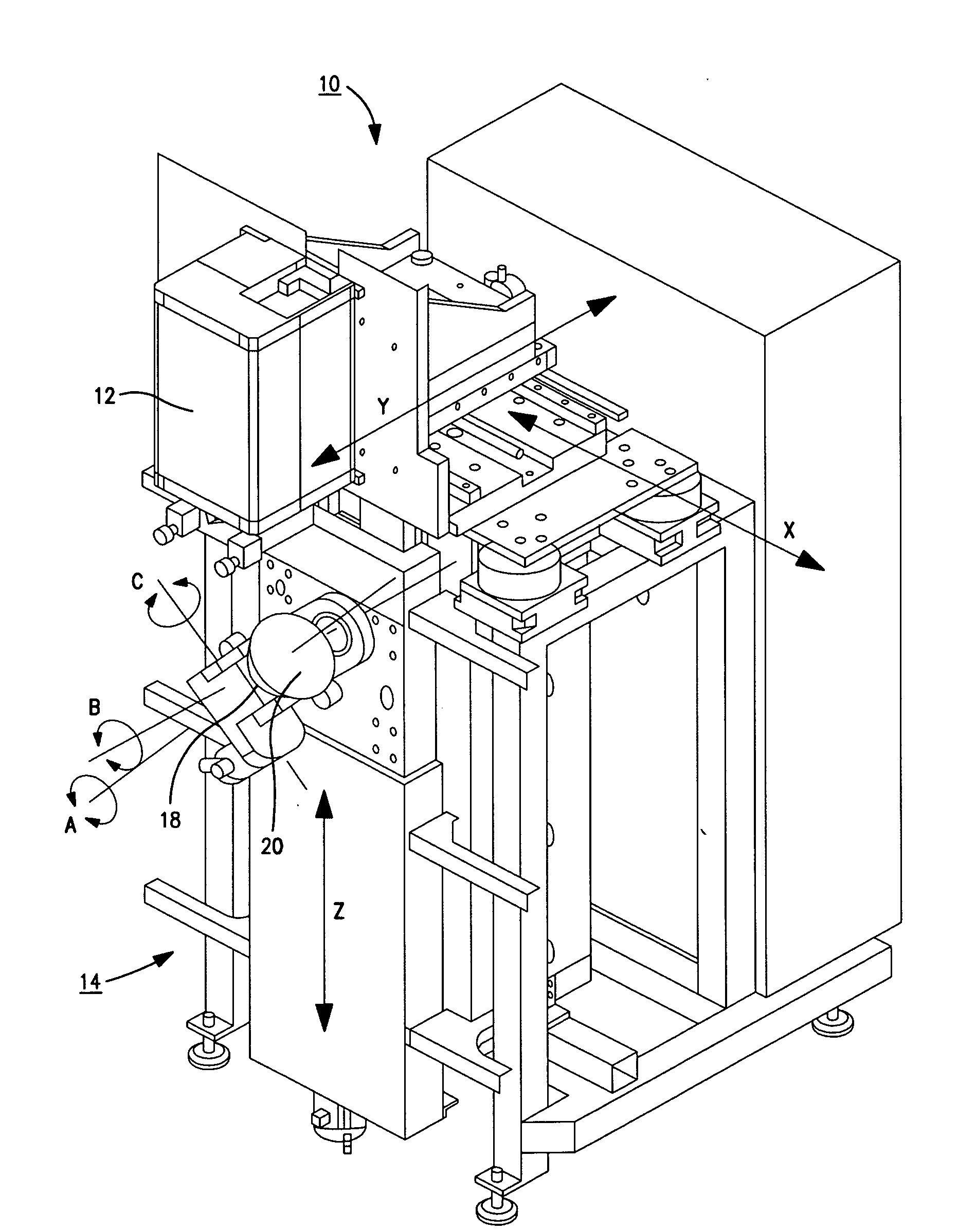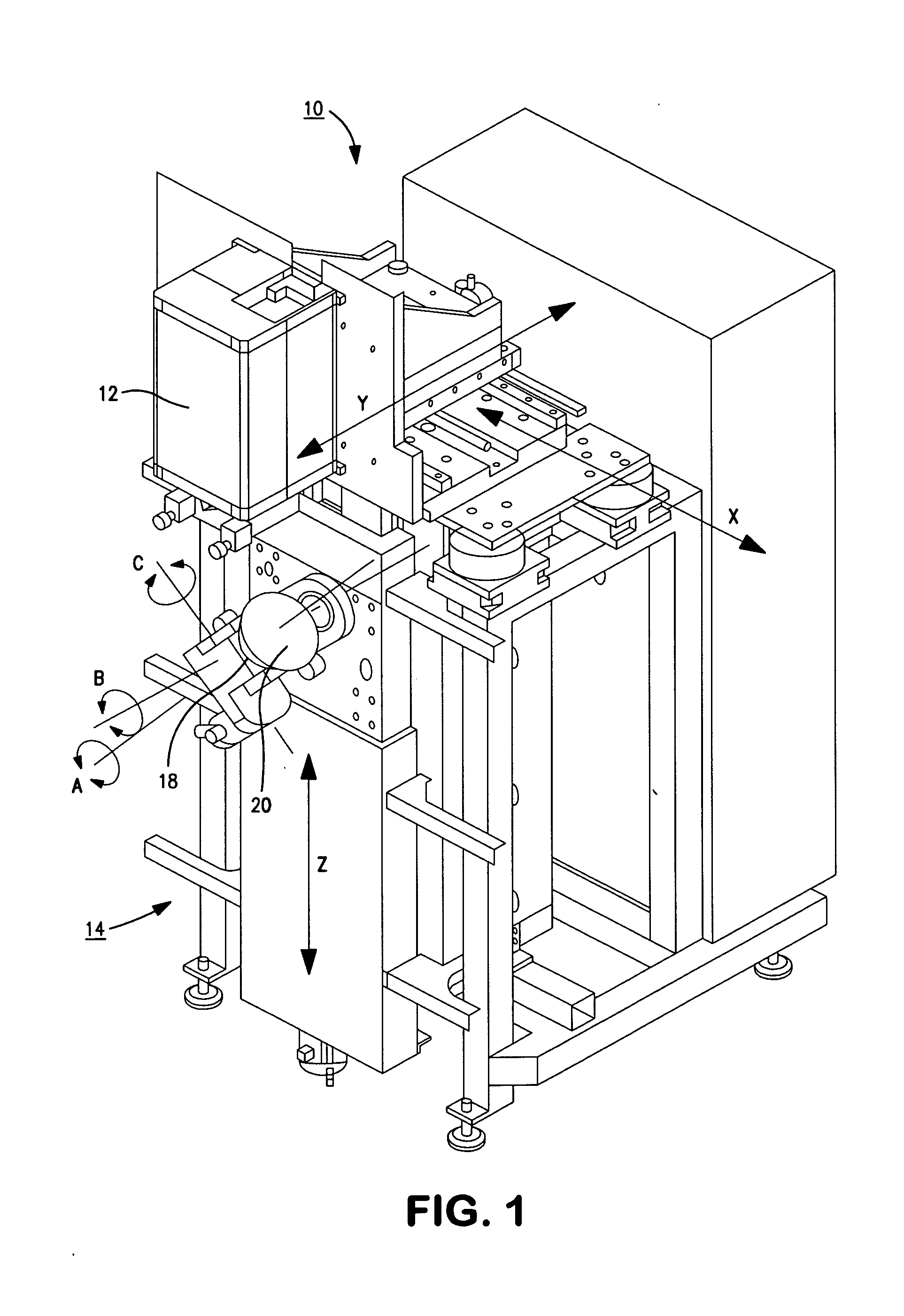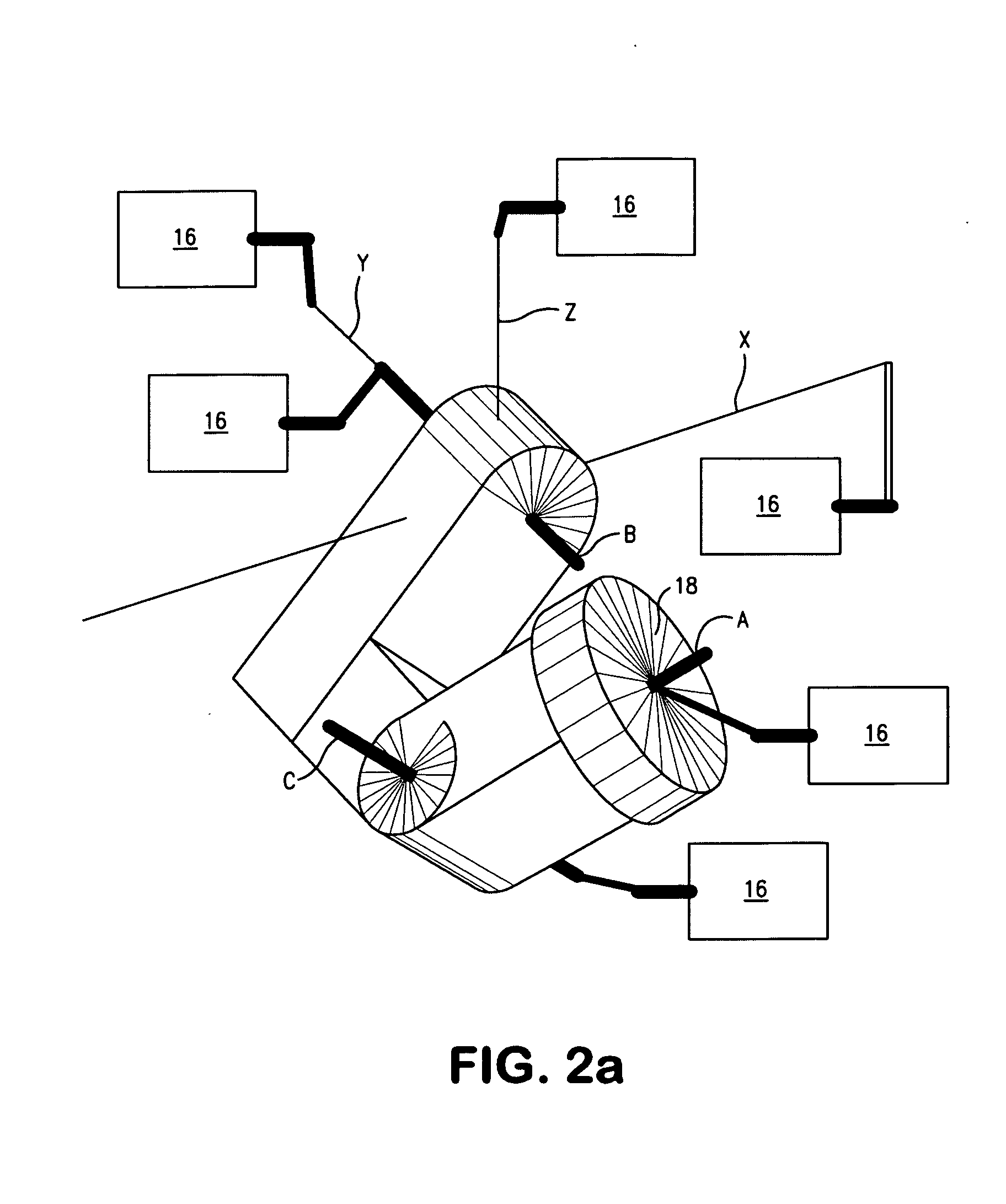Stitching of near-nulled subaperture measurements
a subaperture wavefront and wavefront technology, applied in the direction of measurement devices, structural/machine measurement, instruments, etc., can solve the problems of increasing the range of measurement over which such comparisons are effective, increasing the measurement time, increasing the cost of measurement optics, and increasing the size and numerical aperture. , to achieve the effect of reducing the differences between the test and the shap
- Summary
- Abstract
- Description
- Claims
- Application Information
AI Technical Summary
Benefits of technology
Problems solved by technology
Method used
Image
Examples
Embodiment Construction
[0037]Preferred embodiments of the invention are directed metrology systems and their methods of use, particularly such systems that synthesize or otherwise assemble subaperture measurements into a composite measurement and to improvements in such systems and methods for measuring aspheric test objects. Significantly, the embodiments provide for increasing the effective range of the subaperture measurements, having the potential for savings in cost and time as well as improvements in measurement accuracy.
[0038]One example of such a metrology system is shown in FIG. 1. The depicted metrology system 10 includes a wavefront-measuring gauge 12, for example, an interferometer, mounted to (“embedded” in) a multi-axis machine 14 defining a workstation having a chuck or stage 18 for receiving and moving a test object 20 during measurement thereof. The multi-axis machine 14 provides six axes of motion between the wavefront-measuring gauge 12 and the chuck or stage 18 supporting the test obje...
PUM
 Login to View More
Login to View More Abstract
Description
Claims
Application Information
 Login to View More
Login to View More - R&D
- Intellectual Property
- Life Sciences
- Materials
- Tech Scout
- Unparalleled Data Quality
- Higher Quality Content
- 60% Fewer Hallucinations
Browse by: Latest US Patents, China's latest patents, Technical Efficacy Thesaurus, Application Domain, Technology Topic, Popular Technical Reports.
© 2025 PatSnap. All rights reserved.Legal|Privacy policy|Modern Slavery Act Transparency Statement|Sitemap|About US| Contact US: help@patsnap.com



